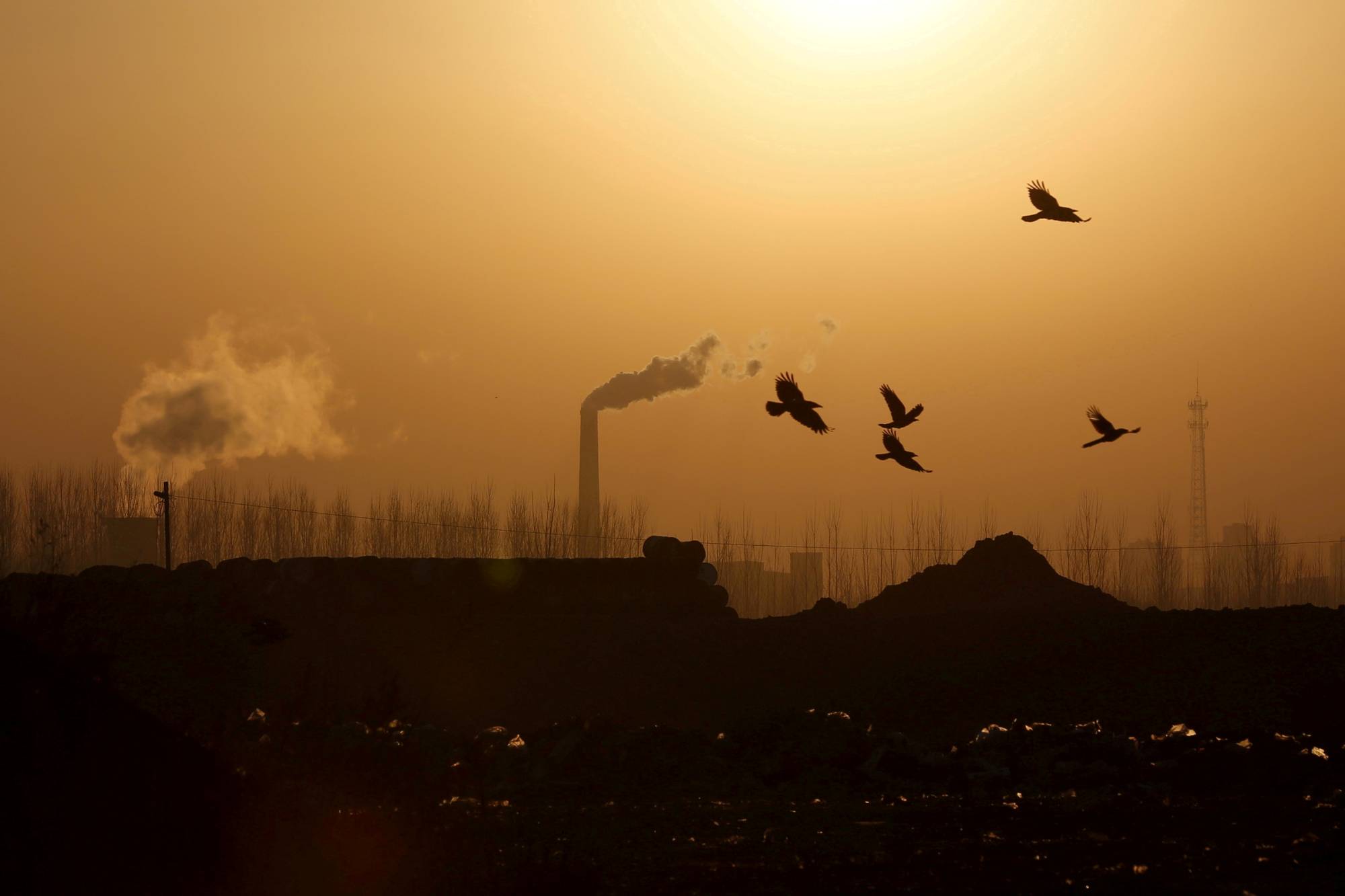The furnaces and cooling towers on Capital Steel Campus in west Beijing used to spew toxic smoke. Today they’re nothing more than quaint paraphernalia decorating an 860-hectare park, which has been transformed into a tourist attraction commemorating China’s economic miracle. Chic cafes and bookshops sit among defunct tubes and ladders — the sanitized industrial vibe makes them a popular backdrop for selfies.
Capital Steel, also known as Shougang, began relocating its operations from the campus to neighboring Hebei province in 2005, when the government was moving dozens of polluting factories out of Beijing to ensure blue skies for the 2008 Summer Olympics. Capital Steel alone got rid of 18,000 tons of air pollutants a year, about 20% of the dangerous particles that gave the city some of the worst air quality in the world.
Tangshan, the Hebei city that became Capital Steel’s new home, got an influx of jobs and is today the largest steelmaking hub in the world. It also inherited Beijing’s air pollution. While the capital is no longer among China’s 20-most polluted cities, Tangshan makes the list every year.


















With your current subscription plan you can comment on stories. However, before writing your first comment, please create a display name in the Profile section of your subscriber account page.